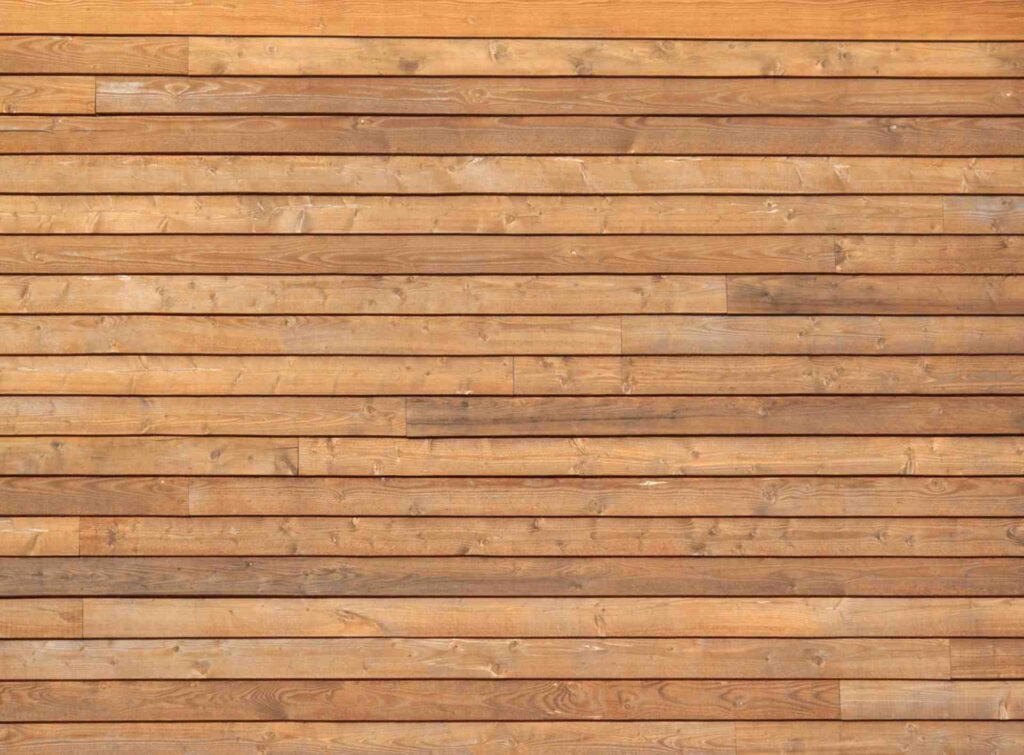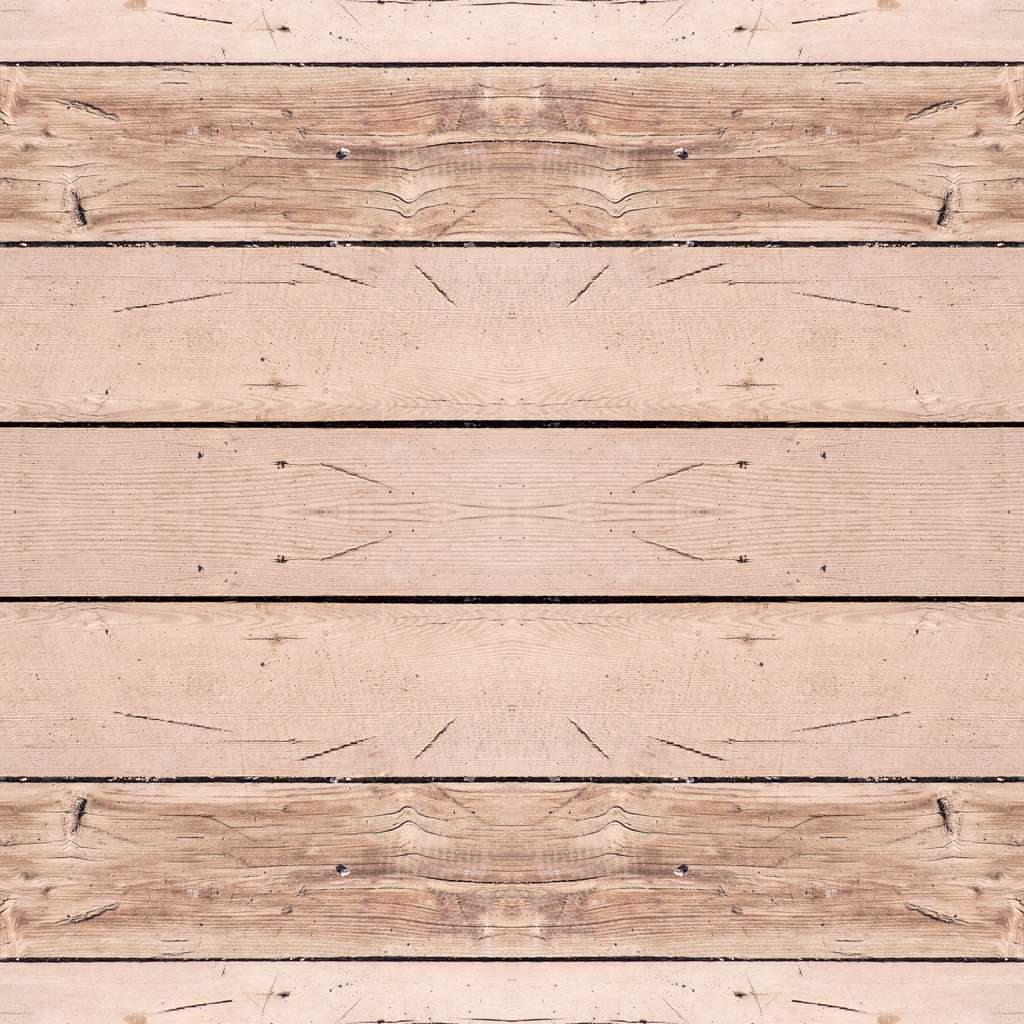When it comes to selecting siding for your home, the choice often boils down to traditional wood versus modern vinyl. And while both materials have their unique qualities and drawbacks, which of these two is truly best for your home? In this full comparison, we’re going to take a look at both wood siding vs. vinyl, focusing on aspects such as style, maintenance, and cost, so you can make the best decision for your home. Let’s get started!
Vinyl Siding
Characteristics
Vinyl siding, made from durable PVC (polyvinyl chloride) material, is known for its versatility and resilience, and is an increasingly popular option for home siding in the US. Aside from its durability, it also comes in a wide array of colors and styles, including options that mimic wood grain, stone and other textures. Vinyl is also lightweight, making it easy to install, and is resistant to moisture, rot, and pests, making it a great choice for various climates, including the diverse weather conditions in Denver.
Why Go With Vinyl Siding
The foremost advantage of vinyl siding is its low maintenance; unlike wood, it doesn’t require any regular painting or staining. It’s also cost-effective, both in terms of initial installation and long-term upkeep. Put simply, vinyl siding is durable, capable of withstanding harsh weather conditions without warping, cracking, or fading, and the extensive range of styles and colors to choose from allows you to achieve almost any desired aesthetic for your home.
And if you’re looking for vinyl siding in Denver Colorado, we at Rise Renovation use US-made, high-quality vinyl and follow an established, 5-step installation plan to ensure efficiency, security, and ultimate curb appeal for your property.
Potential Drawbacks
While we do believe that vinyl is the best option for siding, it’s worth noting some drawbacks; vinyl can be susceptible to damage under extreme conditions, such as very high temperatures or direct impacts. However, in typical residential settings - especially in Denver's climate - these issues are minimal and rarely affect the siding's overall performance and appearance.
Wood Siding
Characteristics and Composition
So, onto wood siding: wood siding is typically prized for its natural beauty and aesthetic feel, and is usually made from various wood species, including cedar, pine, and redwood. While it might not be as functional and resistant as other siding materials, it does offer a classic and timeless appeal which adds warmth and character to a home’s exterior.
Advantages of Wood Siding
The aesthetic appeal of wood siding is its most significant advantage of wood siding; despite its significant drawbacks, it does give a rich, authentic look that many homeowners aspire to recreate for their properties. Wood is also a natural insulator and can contribute to energy efficiency.
Wood Siding Drawbacks

However, wood siding has some significant and considerable drawbacks, especially when compared to vinyl. Firstly, it requires extensive maintenance: this includes regular painting, staining, and sealing to protect it from the elements. Wood is also susceptible to damage from moisture, insects, and rot, which can significantly impact its longevity and appearance, and also adds to the time and effort needed to keep the siding in good condition. In addition, wood siding is typically more expensive than vinyl, both in terms of material and installation costs.
Vinyl vs. Wood: Key Considerations
Customization and Style Varieties
When it comes to customization and style, vinyl siding offers a level of versatility that is hard to match; the advancements in vinyl technology have allowed for a wide range of textures and colors, including, as we mentioned above, options that closely mimic the look of natural wood. This means that you can enjoy the aesthetic qualities of wood without the associated maintenance, cost, and pest problems. Wood siding, while offering natural beauty, is limited in its resistance to weather and environmental factors, often resulting in more repairs and replacements down the line.
Maintenance and Longevity
When it comes to maintenance, wood siding - though aesthetically pleasing - demands a pretty intensive and constant upkeep. Regular painting, staining, and sealing are necessary to protect the wood from moisture, insects, and weathering, and over time these maintenance tasks can become costly and time-consuming. Additionally, wood siding is prone to rot and decay, especially in humid climates, making it less long-lasting than vinyl.
Vinyl siding, in contrast, offers exceptional longevity with minimal maintenance, and doesn’t require painting or staining; its color remains vibrant for years, and can resist fading even under harsh sunlight. Cleaning vinyl siding is also as simple as using soap and water, so this low-maintenance aspect - coupled with its resistance to rot and decay - ensures that it remains durable and in tip top condition for years.
Budget Considerations
When it comes to budget, vinyl siding is generally more cost-effective than wood; the initial cost of vinyl siding is lower, and its low maintenance requirements translate to long-term savings. Wood siding, while offering a classic look, comes with higher upfront costs for materials and installation, not to mention the ongoing expenses for maintenance, repairs, and eventual replacement. If you’re looking for a balance between quality and affordability, vinyl siding is definitely the more budget-friendly and sensible choice.
Insulation and Energy Efficiency
Finally, in terms of insulation and energy efficiency, vinyl siding also has a distinct advantage; insulated vinyl siding options are available, which include foam backing that can significantly increase your home's thermal efficiency. While wood siding provides some natural insulation, it’s typically not to the same extent as insulated vinyl siding.
Choosing the Right Siding for Your Project
Ultimately, picking the right siding for your home means balancing aesthetics, maintenance, cost, and environmental considerations. While wood siding offers a timeless look, its high maintenance needs and costs can be prohibitive; vinyl siding, with its wide range of styles, low maintenance, cost-effectiveness, and improved energy efficiency, is a cost-effective and aesthetically-matched alternative, providing the look and feel of traditional siding materials without the associated drawbacks.
